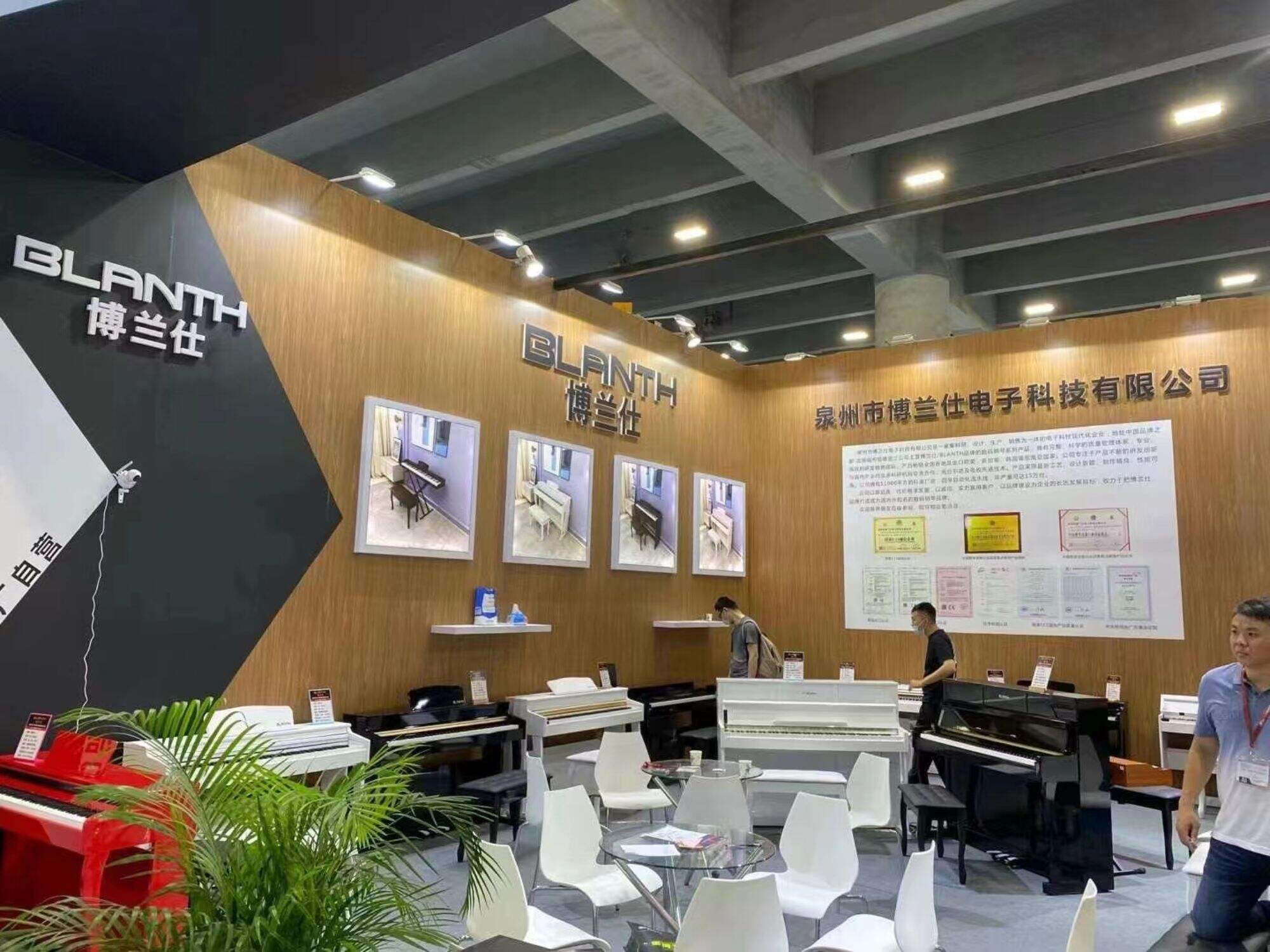What is the project management process in the digital piano production process?
The project management process in the digital piano production process usually includes the following main steps:
Project planning: During the project initiation phase, formulate project plans and goals, and clarify the scope, time, cost and quality requirements of the project. Identify key project milestones and deliverables and develop an overall strategy for project execution.
Resource allocation: According to the project plan, determine the human, material and financial resources required for the project, and conduct reasonable allocation and deployment to ensure that the project can be completed on time and with quality.
Task decomposition and assignment: Break down the project into manageable tasks and subtasks and assign them to the appropriate team members or departments. Make sure each task has a clear owner and completion time.
Progress management: Supervise and control the progress of the project, identify and resolve schedule deviations and delays in a timely manner, and ensure that the project can be completed on time. Use tools such as project schedules and Gantt charts for progress tracking and management.
Cost Management: Manage project budgets and costs to ensure project costs are controlled within an acceptable range. Budget, monitor and analyze project costs, and adjust budget and resource allocation in a timely manner.
Quality management: Develop quality standards and acceptance standards, supervise and control the quality of projects, and ensure that products meet quality requirements. Conduct product testing and quality inspections to promptly correct and prevent quality problems.
Risk management: Identify, evaluate and respond to risks and problems that the project may face, formulate risk response strategies and plans, and reduce the impact of risks on the project.
Communication management: Establish an effective communication mechanism to ensure smooth and effective communication of information between project teams and with relevant stakeholders. Hold regular project meetings, prepare project reports, maintain communication with relevant parties, etc.
Change management: Manage changes in project scope and requirements, ensure that changes are properly evaluated and approved, and effectively control the impact on project schedule, cost and quality.
Project closed loop: During the project completion stage, project summary and evaluation are conducted, feedback and lessons learned are collected, and provide reference for the development of similar projects.
These steps are usually iterated throughout the project cycle to ensure that the project is successfully completed and the expected goals are achieved.

 EN
EN
 AR
AR
 DA
DA
 NL
NL
 FR
FR
 DE
DE
 EL
EL
 HI
HI
 IT
IT
 JA
JA
 KO
KO
 NO
NO
 PL
PL
 PT
PT
 RU
RU
 ES
ES
 SV
SV
 TL
TL
 ID
ID
 SR
SR
 VI
VI
 ET
ET
 HU
HU
 MT
MT
 TH
TH
 TR
TR
 FA
FA
 MS
MS
 SW
SW
 BE
BE
 AZ
AZ
 KA
KA
 BN
BN
 HA
HA
 JW
JW
 MR
MR
 PA
PA
 TA
TA
 TE
TE
 KK
KK
 UZ
UZ




